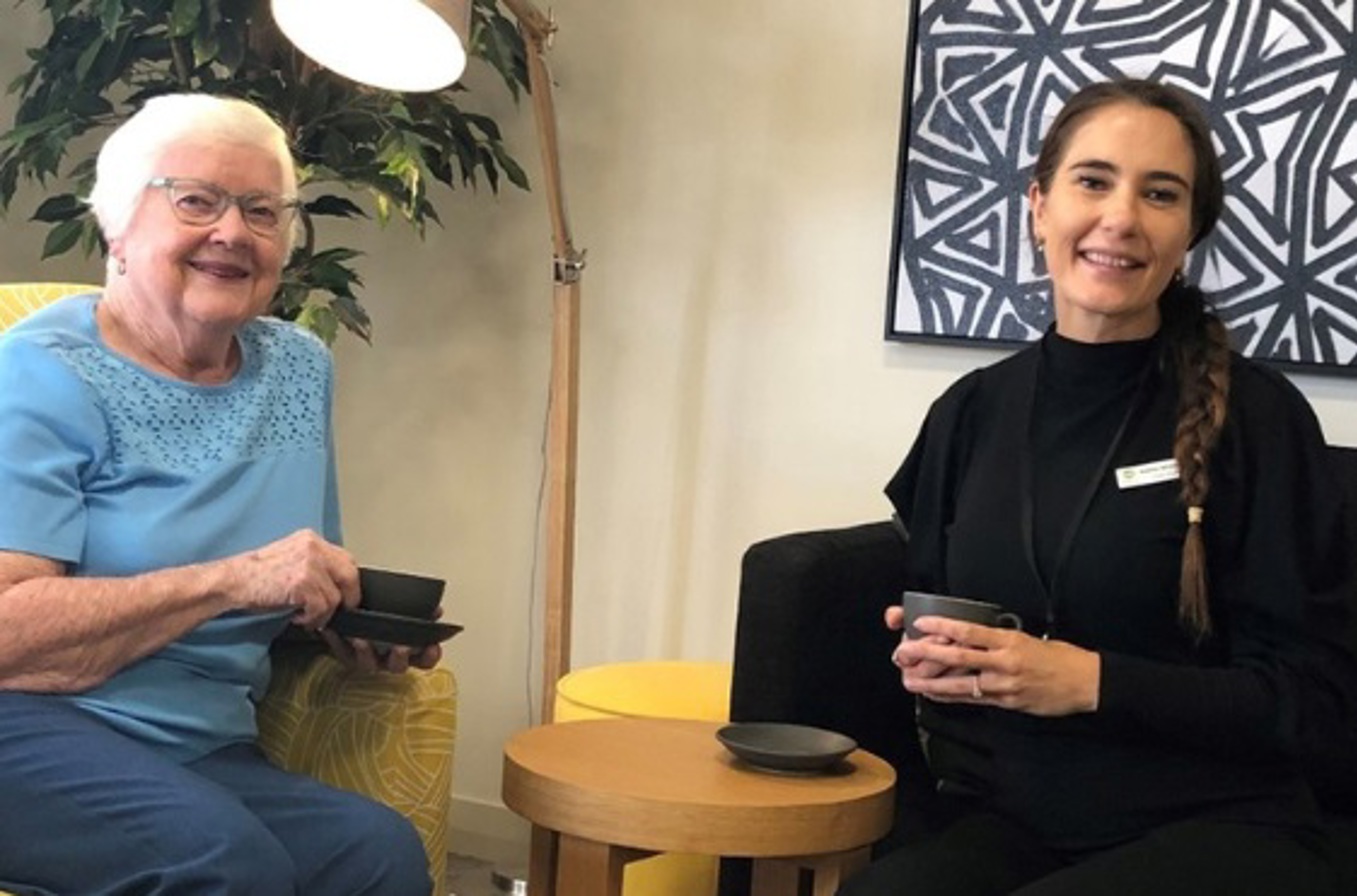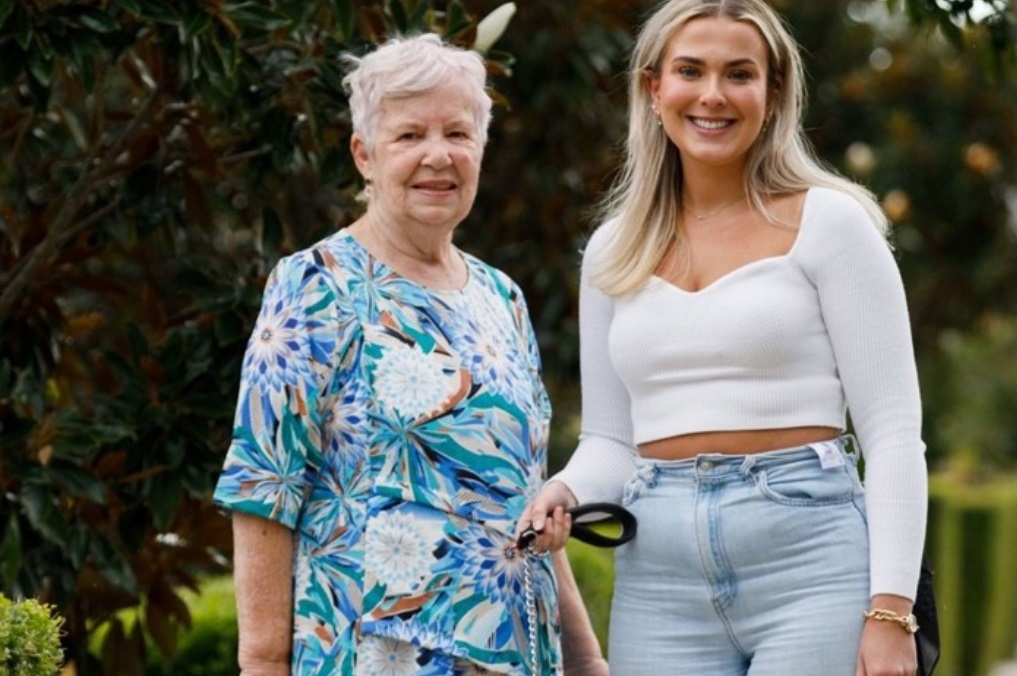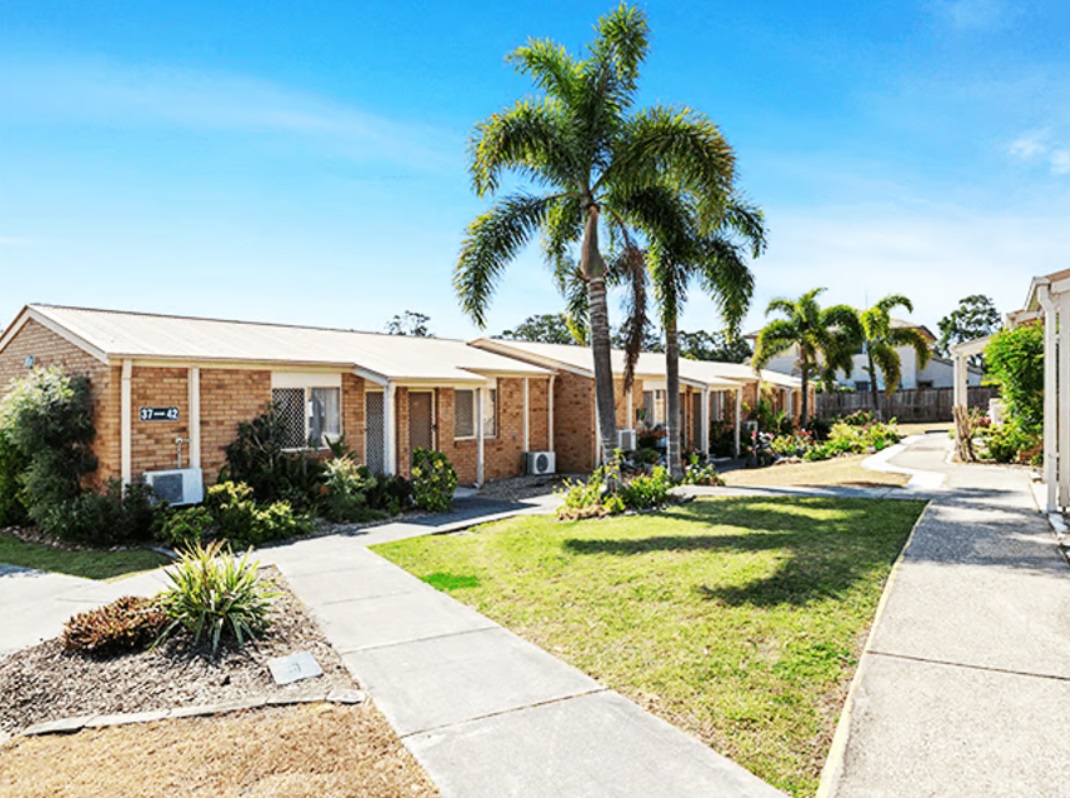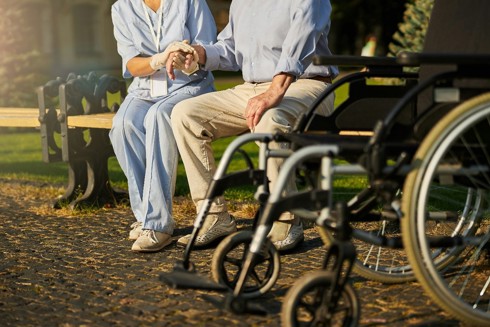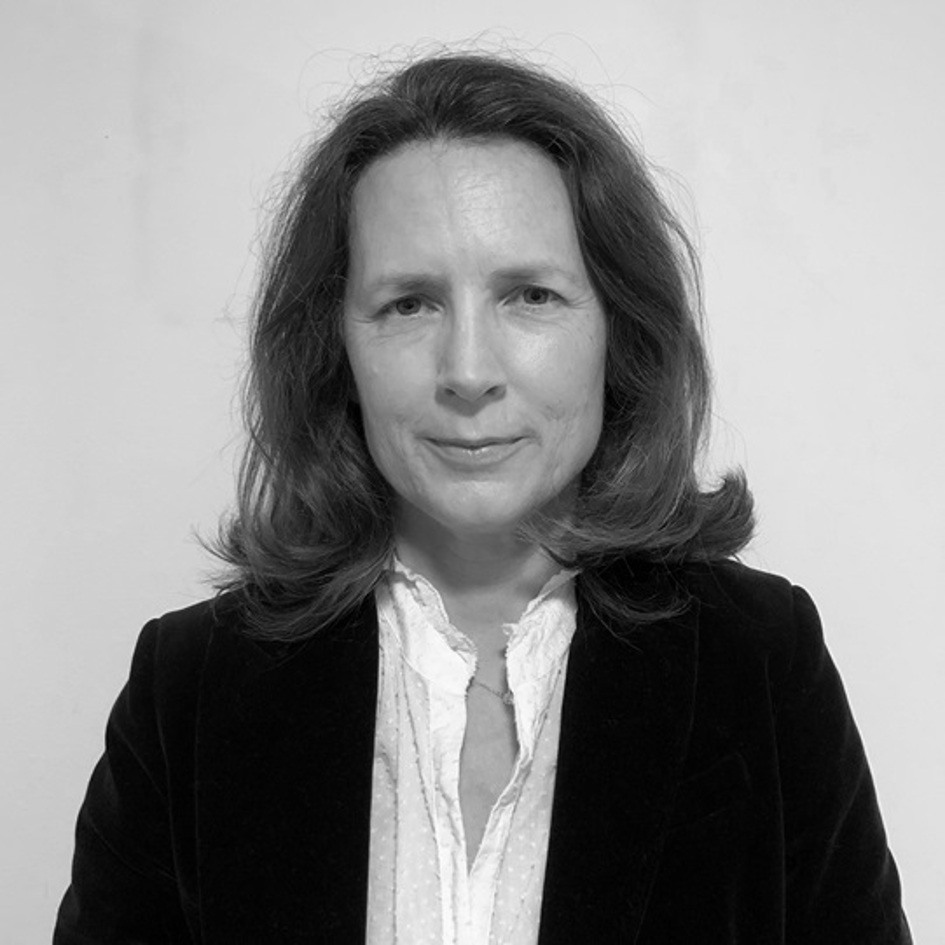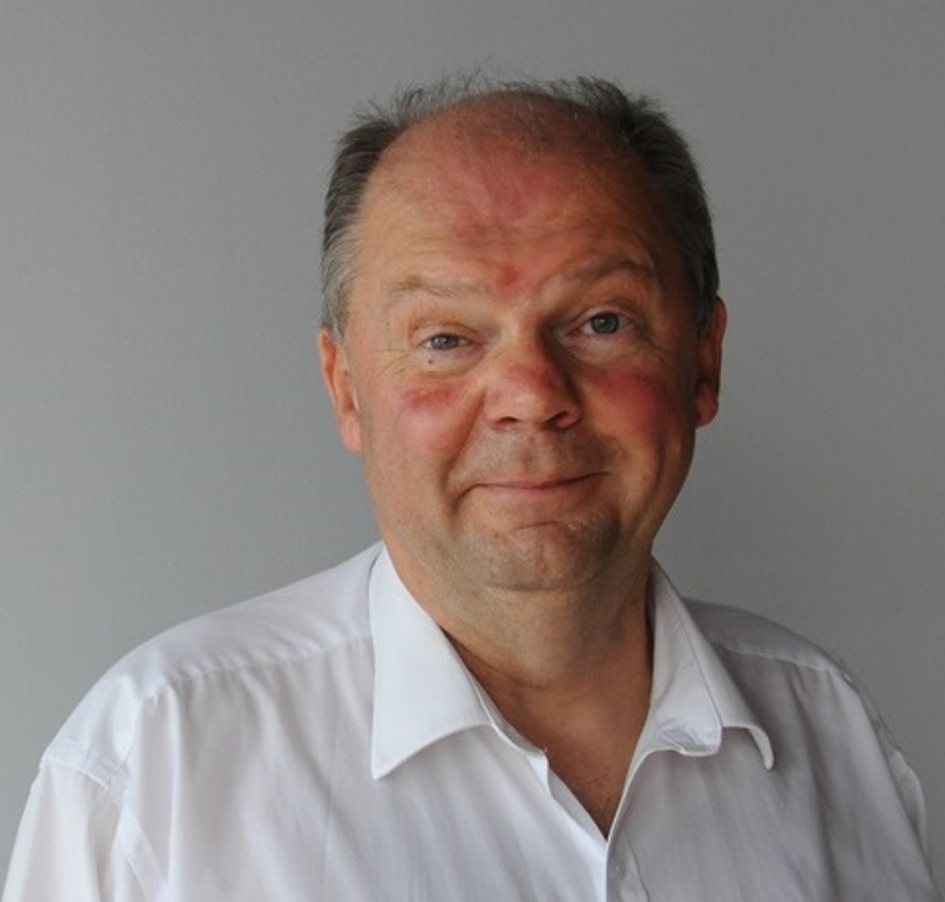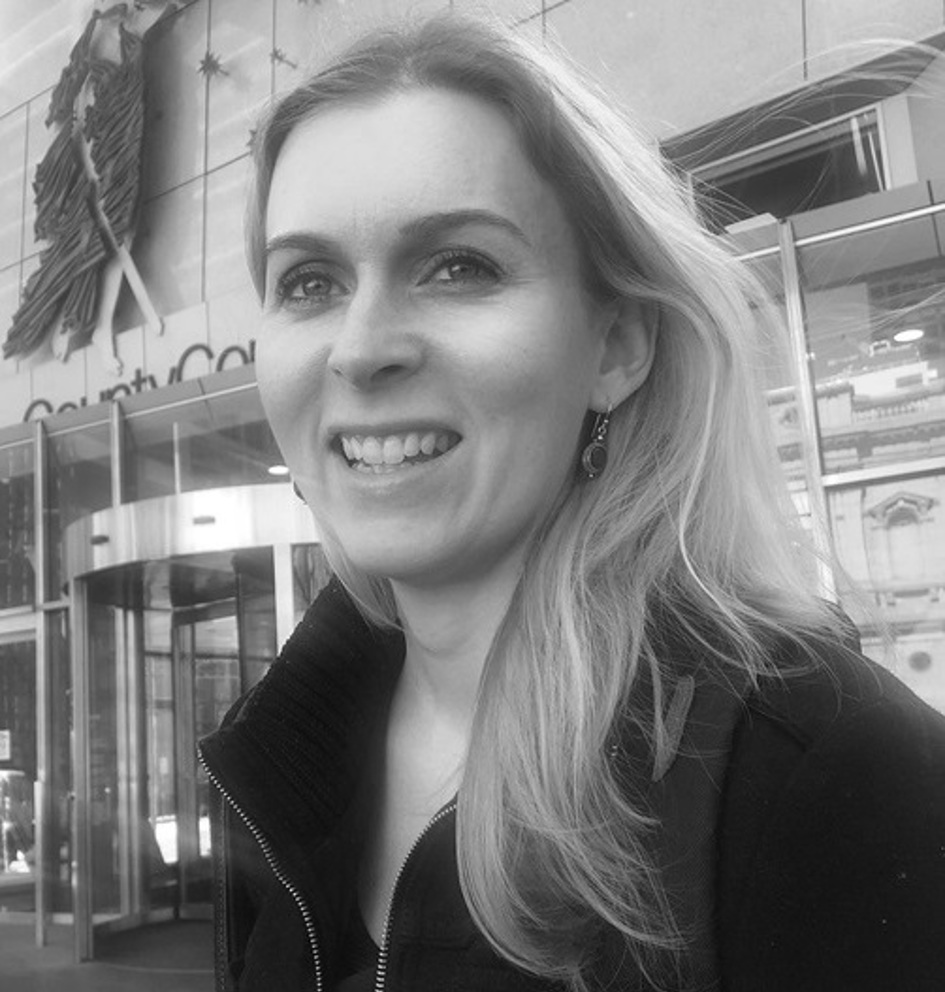Stand on one leg for 30 seconds: the result is important
15/01/2025

How long a person can stand on one leg is a more accurate measure of ageing than changes in strength or gait, according to new research from Mayo Clinic.
Good balance, muscle strength and an efficient gait contribute to people's independence and well-being as they age. How these factors change, and at what rate, can help clinicians develop programs to ensure healthy ageing. Individually, people can train their balance without special equipment and work on maintaining it over time.
In this study, published in PLOS ONE, 40 healthy, independent people over 50 underwent walking, balance, grip strength and knee strength tests. Half of the participants were under 65; the other half were 65 and older.
In the balance tests, participants stood on force plates in different situations: on both feet with eyes open, on both feet with eyes closed on the non-dominant leg with eyes open, and on the dominant leg with eyes open. In the one-legged tests, participants could hold the leg they weren't standing on where they wanted. The tests were 30 seconds each.
Standing on one leg – specifically the nondominant leg – showed the highest rate of decline with age.
“Balance is an important measure because, in addition to muscle strength, it requires input from vision, the vestibular system and the somatosensory systems,” says Kenton Kaufman, senior author of the study and director of the Motion Analysis Laboratory at Mayo Clinic.
“Changes in balance are noteworthy. If you have poor balance, you're at risk of falling, whether or not you're moving. Falls are a severe health risk with serious consequences.”
Unintentional falls are the leading cause of injuries among adults who are 65 and older.
Fall-related injuries in Australia’s residential aged care facilities may be costing the health system $325 million each year, according to a new study by the University of Queensland.
Dr Kaufman said people can take steps to train their balance. For example, by standing on one leg, you can train yourself to coordinate your muscle and vestibular responses to maintain correct balance. If you can stand on one leg for 30 seconds, you are doing well, he added.
“If you don't use it, you lose it. If you use it, you maintain it," he said. "It's easy to do. It doesn't require special equipment, and you can do it every day.”
Funding for this study includes the Robert and Arlene Kogod Professorship in Geriatric Medicine and W. Hall Wendel Jr. Musculoskeletal Professorship.

